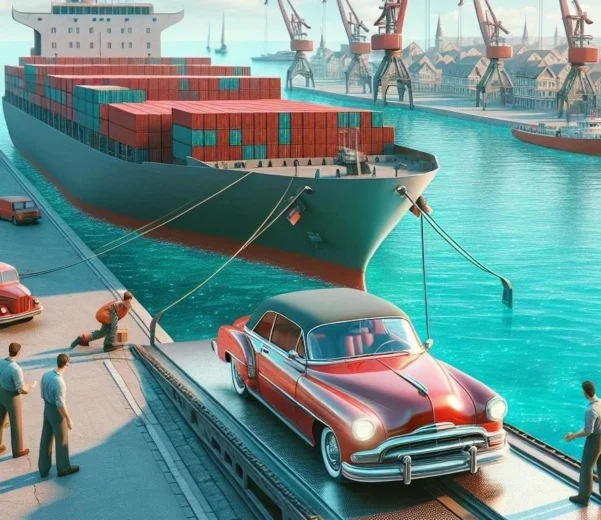Understanding the nuances between recreational vehicles (RVs), travel trailers, and campers is crucial, especially when preparing for transport. While these terms are often used interchangeably, they each have unique characteristics.
RV Transport
Recreational vehicles, or RVs, range from motor-homes equipped with home-like amenities to simpler, non-motorized versions. RV transport methods include hauling, towing, or driving the RV to its destination.
– RV Towing: Typically involves a dually pickup truck with a suitable hitch towing the RV.
– RV Hauling: The RV is loaded onto a wedge or flatbed trailer for transport, eliminating the need for towing.
Trailer Transport
Trailers are unpowered vehicles towed by another vehicle. They are primarily used for transporting goods and are not motorized.
– Trailer Towing: A dually pickup truck with a Bumper Pull or Fifth-Wheel hitch tows the trailer.
– Trailer Hauling: The trailer is loaded onto another vehicle for transport, without the need for traditional towing.
Camper Transport
The term “camper” refers to various types of travel trailers, including popups, truck campers, teardrops, and more.
– Camper Towing: A dually pickup truck is commonly used to tow the camper.
– Camper Hauling: Campers are transported on a wedge or flatbed trailer.
Motorhome Transport
Motorhomes, a category of RVs, come in various sizes and styles, such as Class A, B, and C motorhomes.
– Motorhome Hauling: Larger, heavier, or non-operational motorhomes are transported using flatbed hauling services.
In summary, whether it’s an RV, trailer, camper, or motorhome, understanding the specific transport requirements and options ensures safe and efficient relocation of these vehicles.










